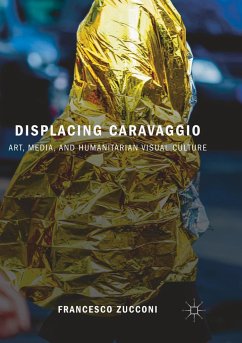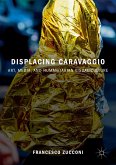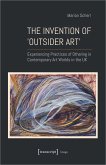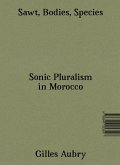This book takes its start from a series of attempts to use Caravaggio's works for contemporary humanitarian communications. How did his Sleeping Cupid (1608) end up on the island of Lampedusa, at the heart of the Mediterranean migrant crisis? And why was his painting The Seven Works of Mercy (1607) requested for display at a number of humanitarian public events? After critical reflection on these significant transfers of Caravaggio's work, Francesco Zucconi takes Baroque art as a point of departure to guide readers through some of the most haunting and compelling images of our time. Each chapter analyzes a different form of media and explores a problem that ties together art history and humanitarian communications: from Caravaggio's attempt to represent life itself as a subject of painting to the way bodies and emotions are presented in NGO campaigns. What emerges from this probing inquiry at the intersection of art theory, media studies and political philosophy is an original critical path in humanitarian visual culture.
"This book presents a useful and compelling analysis of how art history can be mobilised alongside contemporary visual culture in the service of humanitarian communication and sheds light on the potentials and challenges of drawing on the historical legacy of classical painting." (Tijana Stolic, Contemporary Political Theory, July 13, 2020)
"Francesco Zucconi has produced a wonderful study that considers how Caravaggio's paintings have been involved in the politics of the humanitarian crisis in the Mediterranean. ... I, for one, will certainly be following with great interest where the methodological displacement of the archive of art history will take him next." (Matthew D'Ambrosio Griffith, Journal of Italien Cinema & Media Studies, JICMS, January, 2020)
"Francesco Zucconi has produced a wonderful study that considers how Caravaggio's paintings have been involved in the politics of the humanitarian crisis in the Mediterranean. ... I, for one, will certainly be following with great interest where the methodological displacement of the archive of art history will take him next." (Matthew D'Ambrosio Griffith, Journal of Italien Cinema & Media Studies, JICMS, January, 2020)








